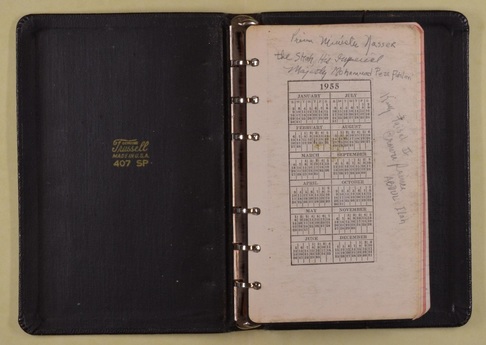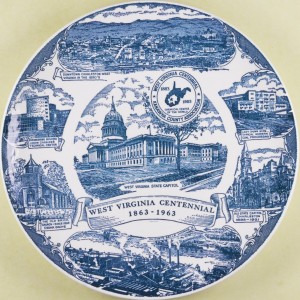|
Memories of Congresswoman Lindy Boggs By Ray Smock By Jody Brumage
On February 11, 1928, Captain Guenette E. Ferguson, the highest ranking Black World War I veteran from West Virginia, addressed a large crowd gathered in the small mining town of Kimball in McDowell County. The audience was assembled to dedicate a new community building for the town that was built as a memorial to African American veterans of "The Great War" and was the first such monument to Black soldiers completed anywhere in the United States. In his remarks, Captain Ferguson gave each of the four massive brick and terra cotta columns that grace the building's classical facade a label: faith, hope, charity, and service. This symbolic gesture expressed the sacrifice of veterans who not only faced the danger and difficulty of serving their nation in the Armed Forces, but did so in the face of racism and discrimination. In 1999, these attributes also came to embody the struggle of a grassroots organization from the community that sought to restore this monument which had suffered decades of neglect only to be gutted by arson. This group persevered and saved a national treasure. Note: This post was previously listed under our "News from the Grey Box" blog series By Jody Brumage
“I continue to believe, just as earnestly as I believed then, that the development of the human mind is all important, and that education should be a continuing thing, extending beyond high school and college, and that one should never stop learning.” These words, written by Robert Byrd in his autobiography, speak volumes to the incredible intellect and thirst for knowledge that so defined the senator.
|
Welcome to the Byrd Center Blog! We share content here including research from our archival collections, articles from our director, and information on upcoming events.
Categories
All
Archives
July 2023
|
Our Mission: |
The Byrd Center advances representative democracy by promoting a better understanding of the United States Congress and the Constitution through programs and research that engage citizens.
|
Copyright © Robert C. Byrd Center for Congressional History and Education
|




 RSS Feed
RSS Feed
